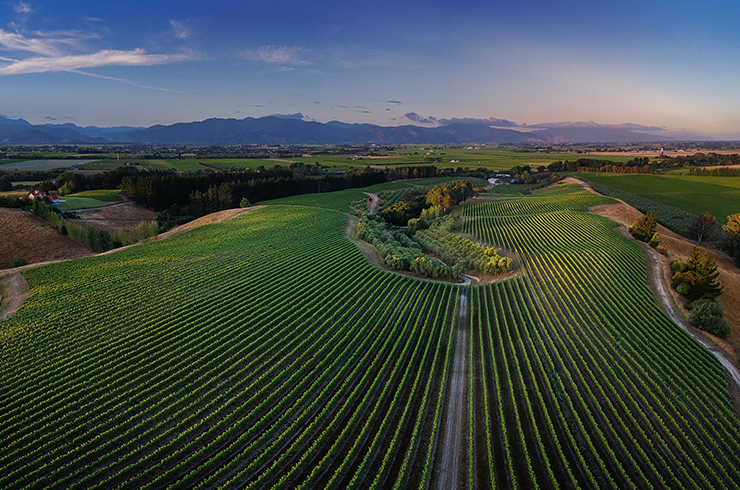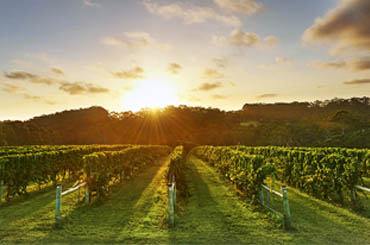Encompassing mountains, rivers and ocean-adjacent sites, knowing that your wine is ‘from Great Southern’ won’t necessarily tell you about its style. To better understand this diverse wine country, we reached out to winemakers to guide us on its subregional flavours.
Frankland River: rich and red
“This subregion is the most northerly and furthest inland,” says Singlefile winemaker Patrick Corbett. “Its fine, gravelly loam soils are red, rich and uniform in depth, making great conditions for wines like our Single Vineyard Frankland River Shiraz and Cabernet Sauvignon.”
Castelli Estate winemaker Mike Garland agrees on the suitability of these classic reds for the subregion. “Its potential for the production of exceptional shiraz was first identified by Dr John Gladstones, and the early vineyards planted in response to his findings are the foundations of Great Southern as a wine region.” He adds: “It may be about as isolated as a wine region can be, but it has one unique feature that makes the vigneron’s journey to this place very worthwhile – the ancient valley formed over millions of years by the flowing Frankland River is ideal for viticulture.”
Look for: Frankland River shiraz and cabernet sauvignon.
Mount Barker: cool and complex
“Mount Barker was the first subregion to be declared in Australia, and the location of the first vines in Great Southern,” Patrick says. “Its landscape swells high and low across open grazing country, with vineyards on gravelly soil over the square it makes in the middle of the region.”
“Mount Barker is the coolest of Western Australia’s subregions, characterised by a continental climate and an average elevation of 300 metres,” Mike adds. “Later flowering varieties, namely riesling and shiraz, are best suited to this subregion, and the long, cool growing seasons and sandy granitic soils create beautifully structured examples.”
Look for: Mount Barker riesling and shiraz.
Albany: a great all-rounder
“The topography of Albany lies in its elaborate coastal inlets and craggy granite outcrops,” Patrick explains. “Its climate is maritime in nature, moderated by the Southern Ocean, and its soil types are gravelly sandy loams.”
Look for: Albany chardonnay, shiraz, pinot noir and sauvignon blanc.
Denmark: delicate and refined
“With the Southern Ocean as Denmark’s neighbour, it’s no surprise that chardonnay and pinot noir thrive in this cool-climate area,” Patrick says. “The mean January temperature is lower than that of the Yarra Valley,” he adds. “The home of the Singlefile vineyard and its award-winning The Vivienne Chardonnay is in the Scotsdale Valley, seven kilometres from Denmark.”
Mike concurs that Denmark is ideal for these cooler climate varieties thanks to its mild summer and autumn and ocean influence. “We have identified specific sites for our Estate Pinot Noir and il Liris Chardonnay. Denmark is also our major source for super-premium sparkling wine,” he says.
Look for: Denmark chardonnay and pinot noir.
Porongurup: pure and mineral
“Porongurup boasts a high elevation that showcases its vineyards and eucalypt forests across the precipitous terrain,” Patrick says. “This granite range has a variety of soil types, the most fertile being karri loams and material derived from the weathered granite – a unique terroir producing pristine and delicate riesling.”
Look for: Porongurup riesling.




